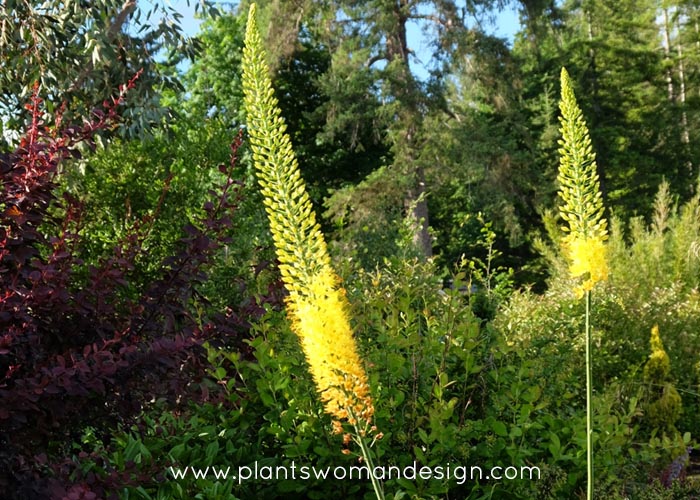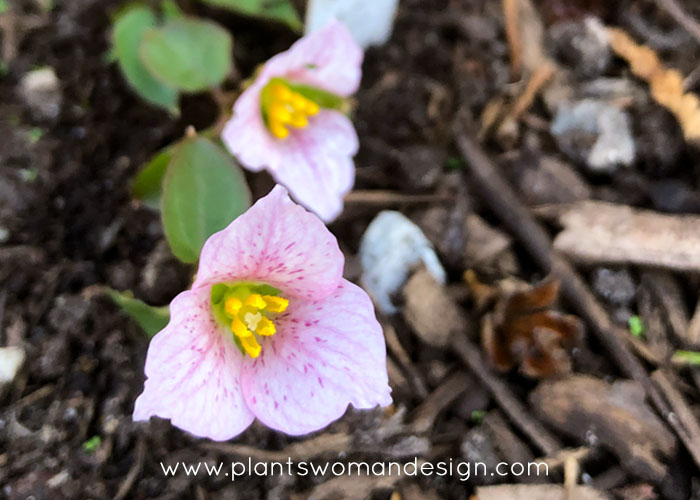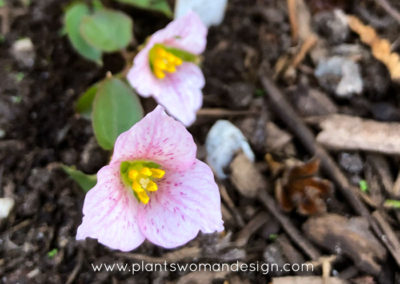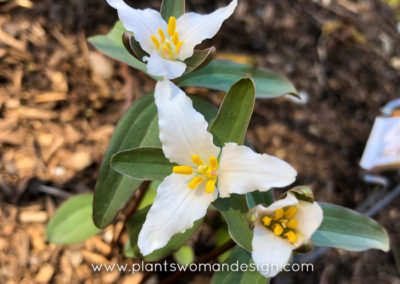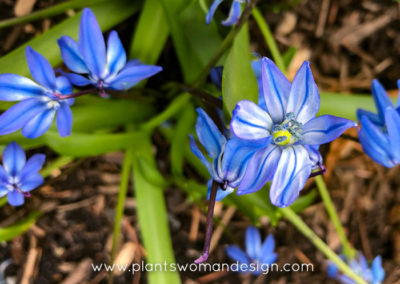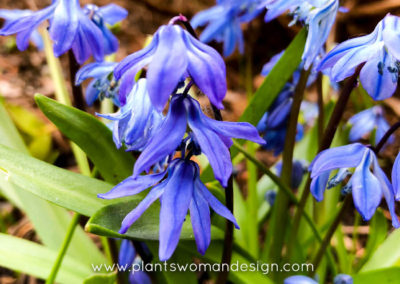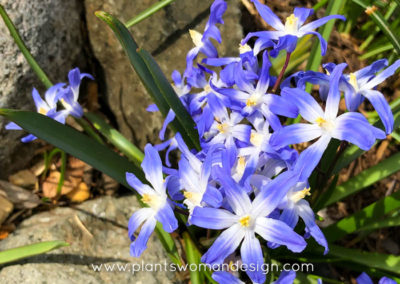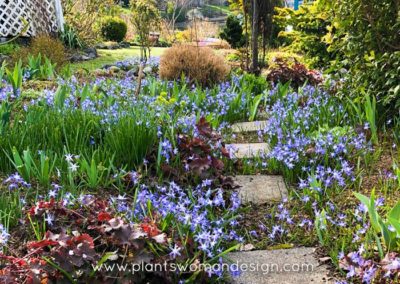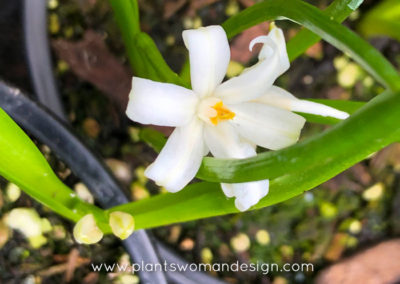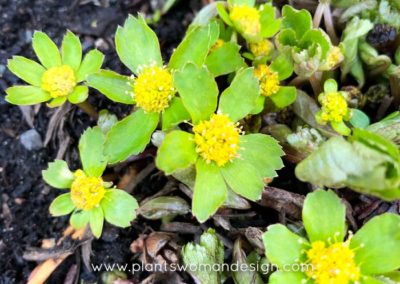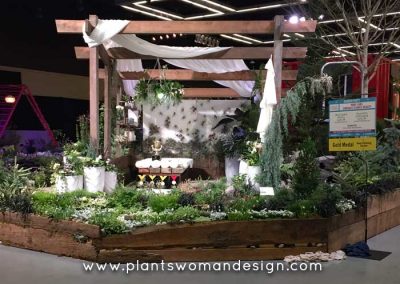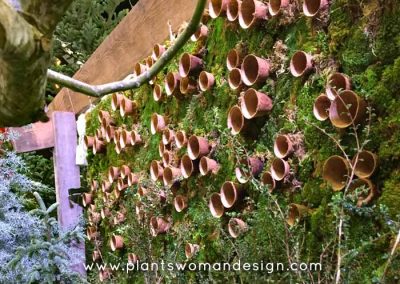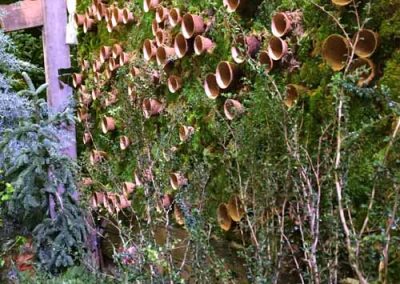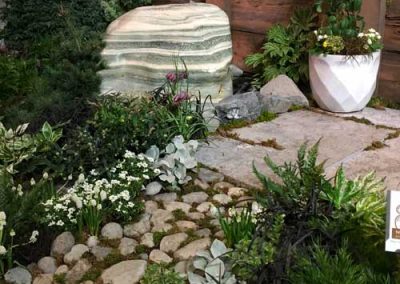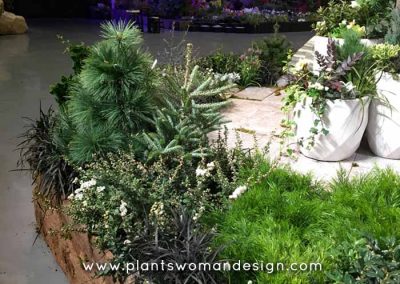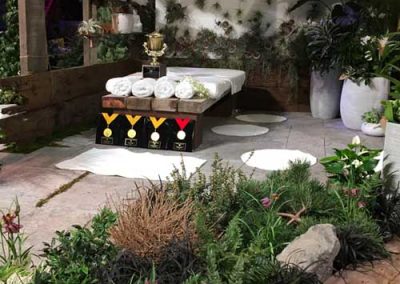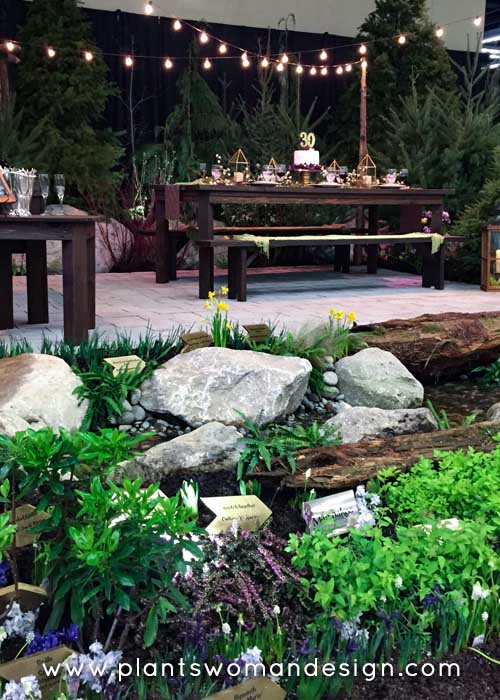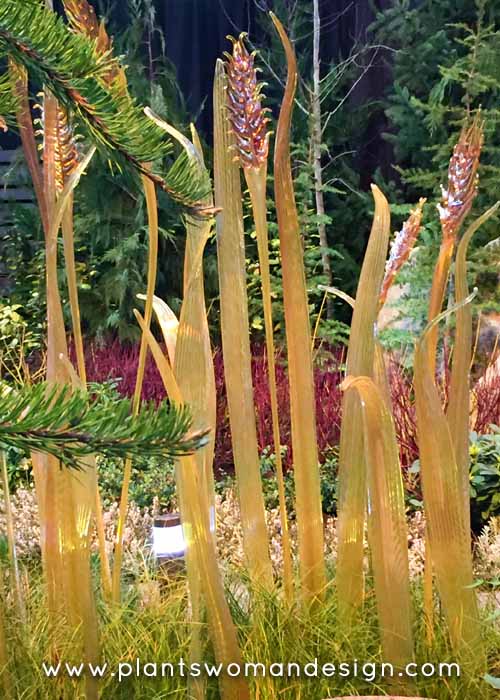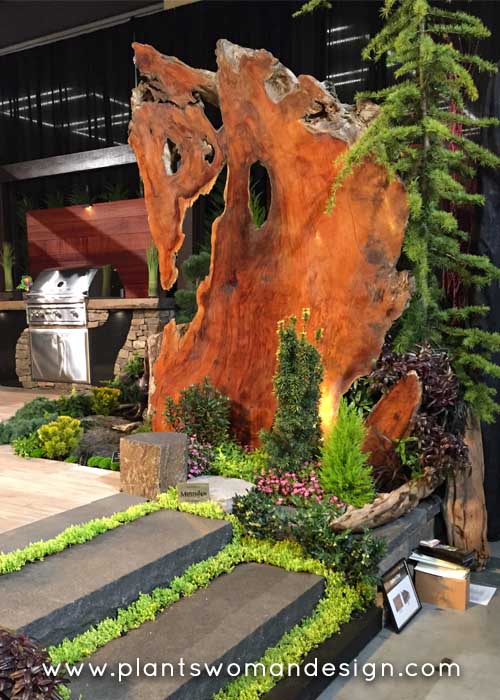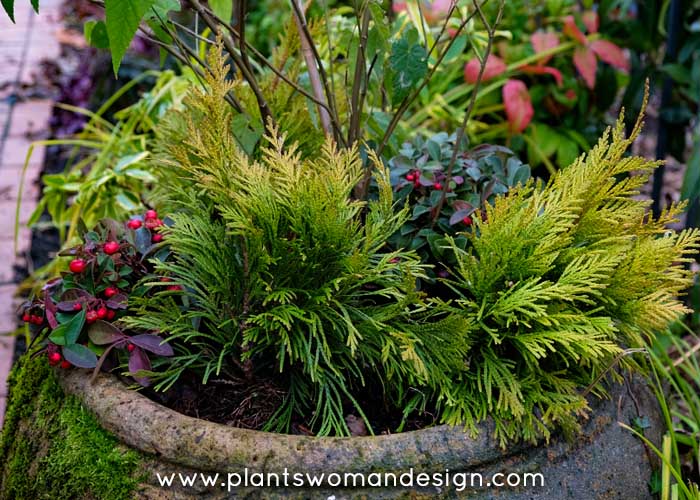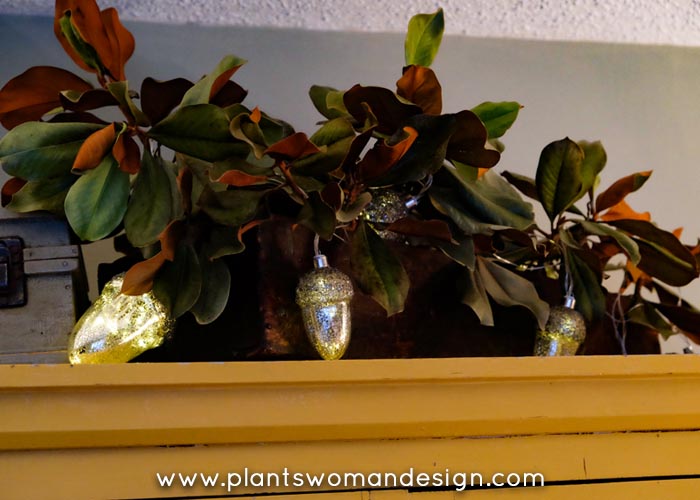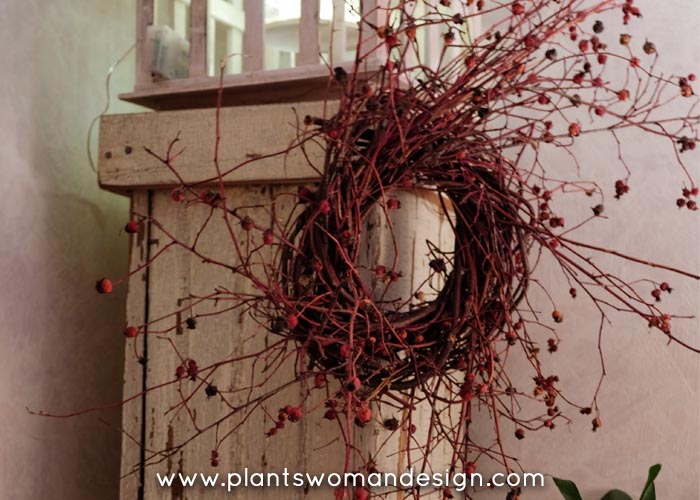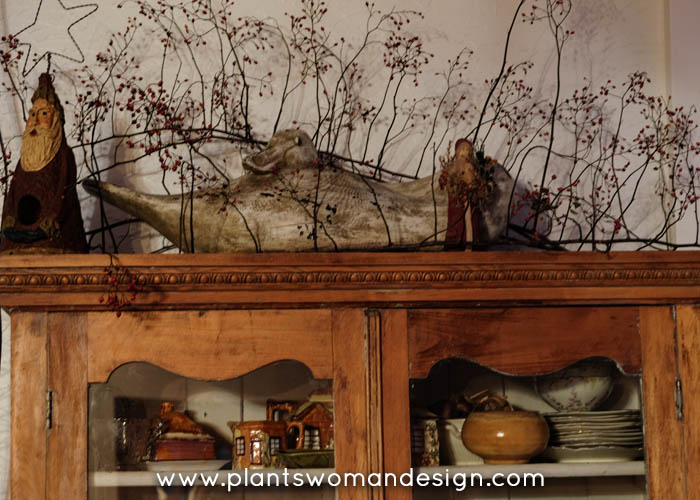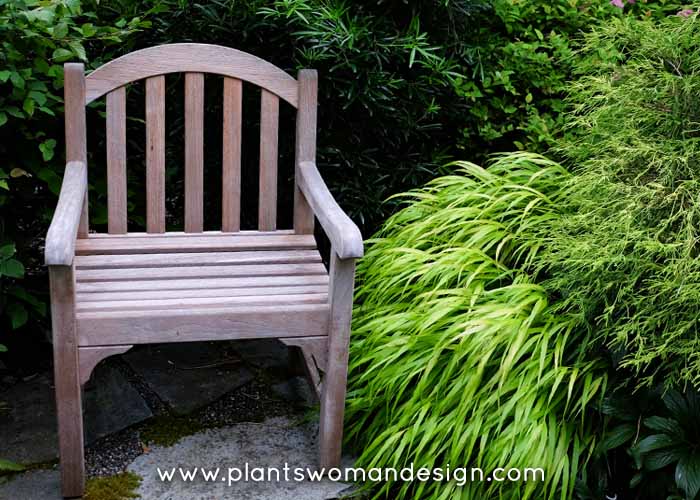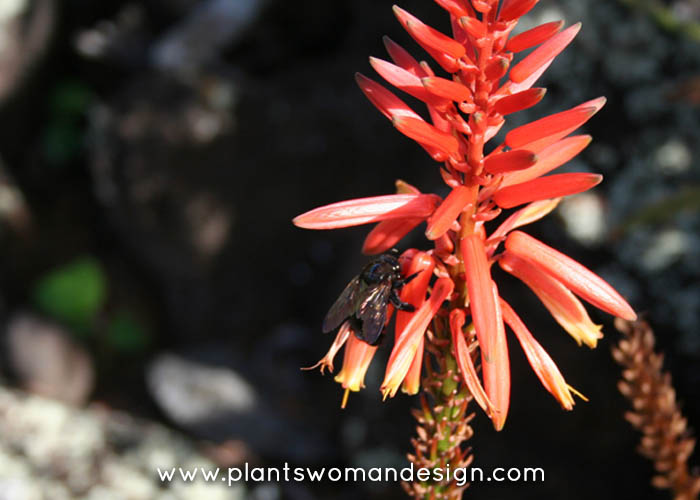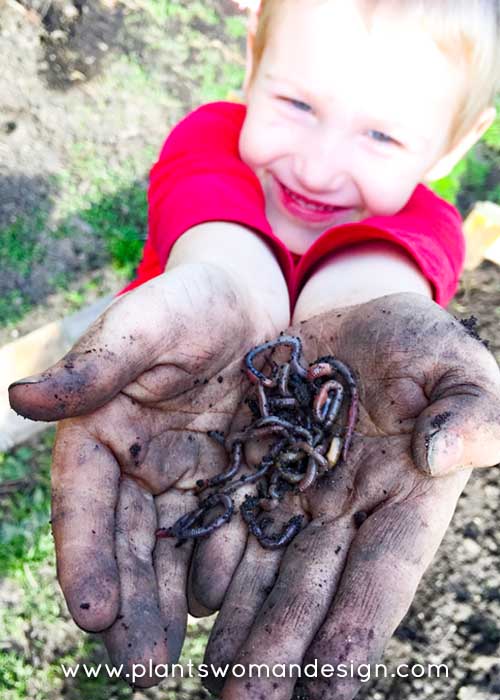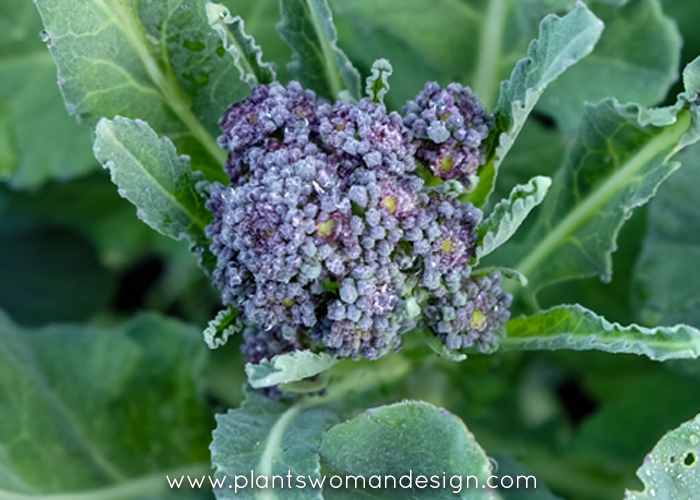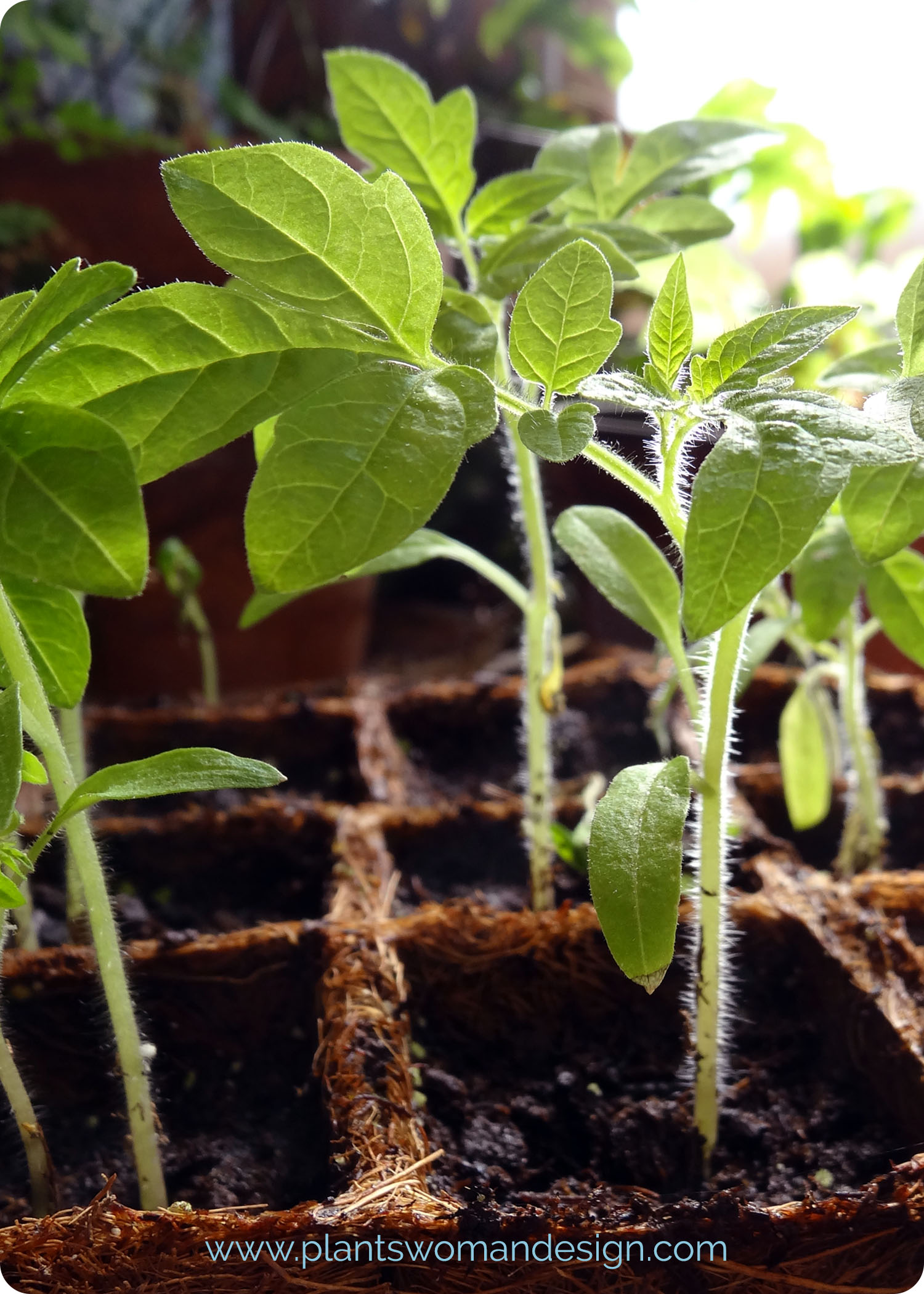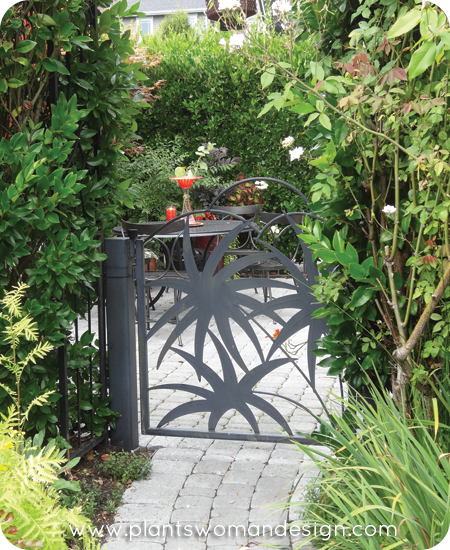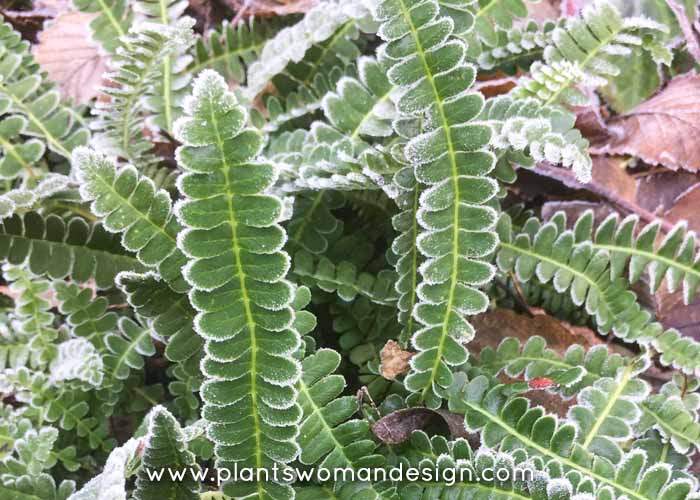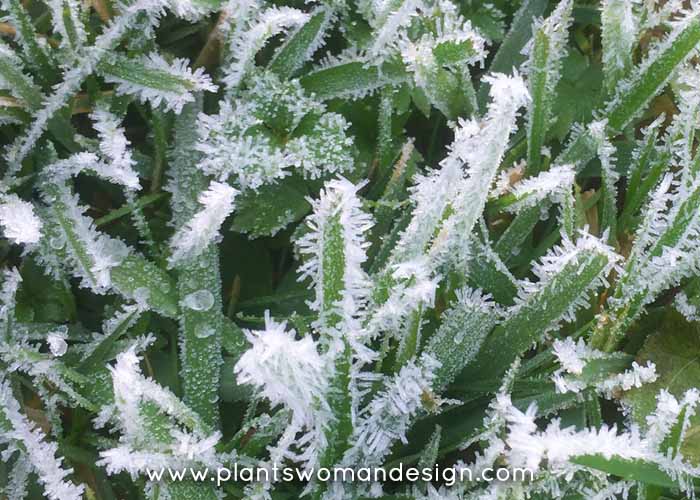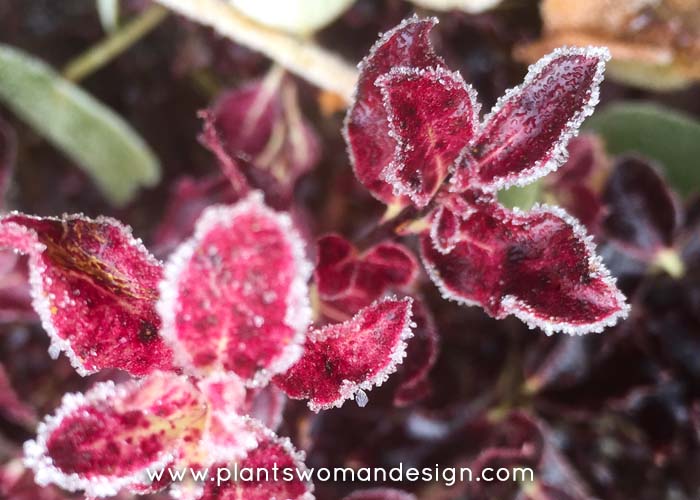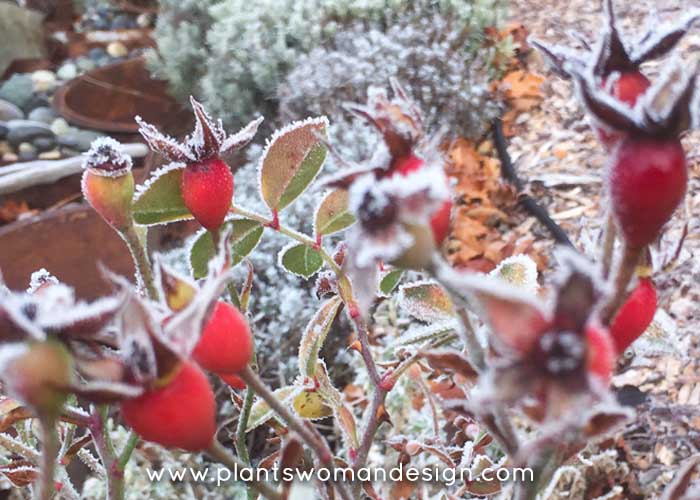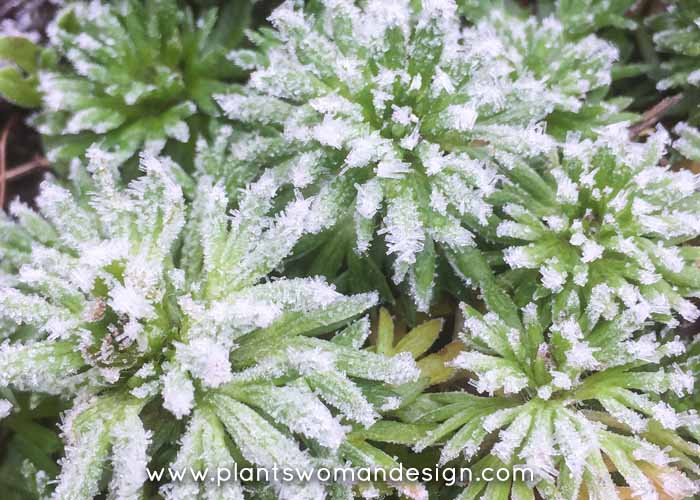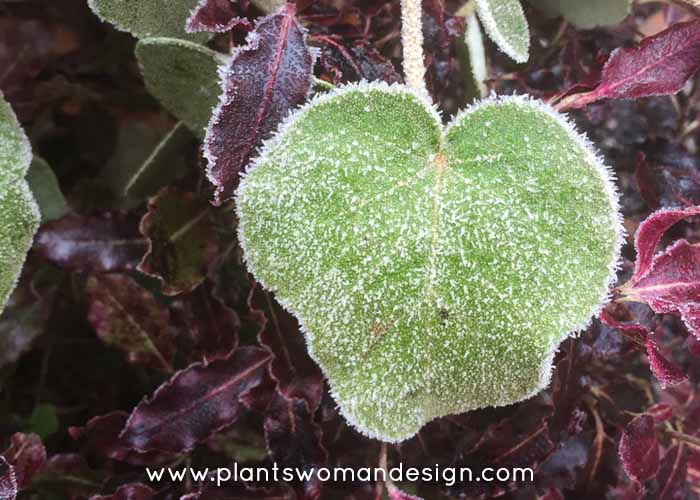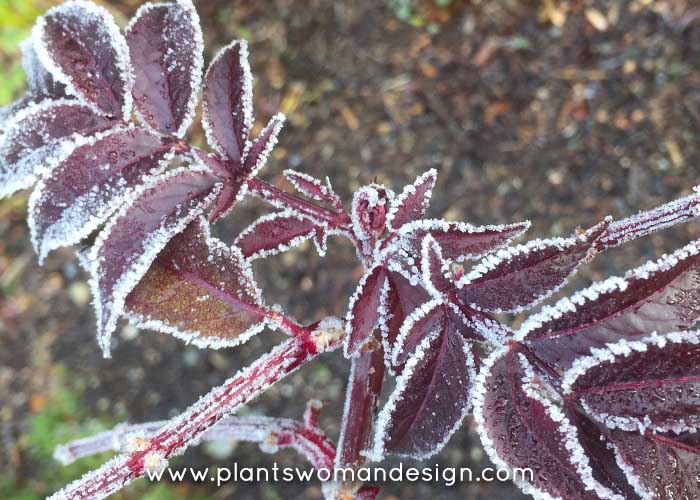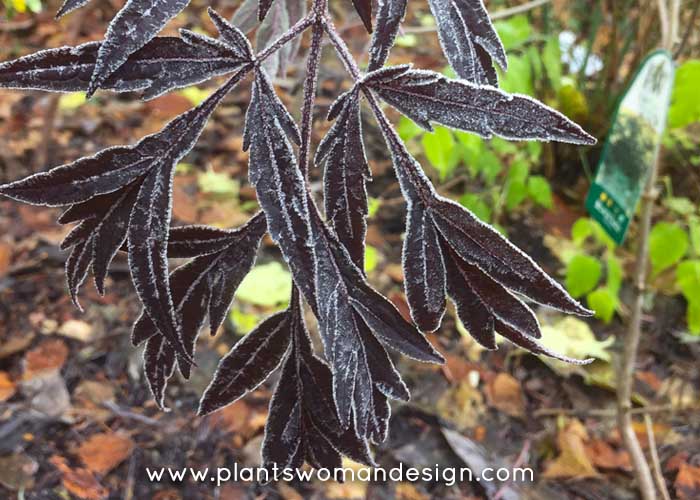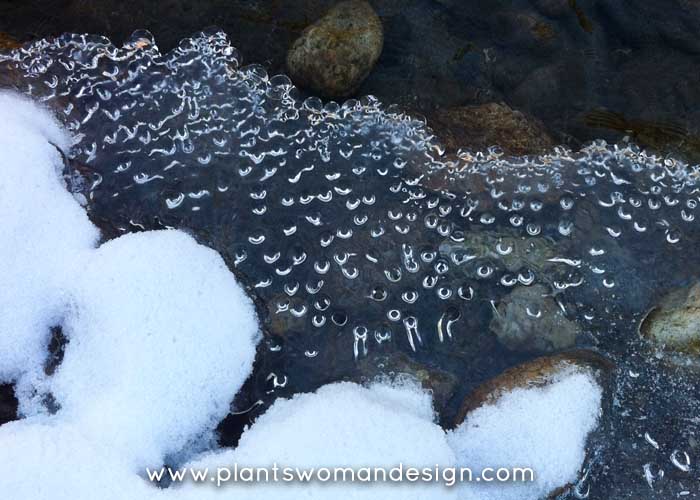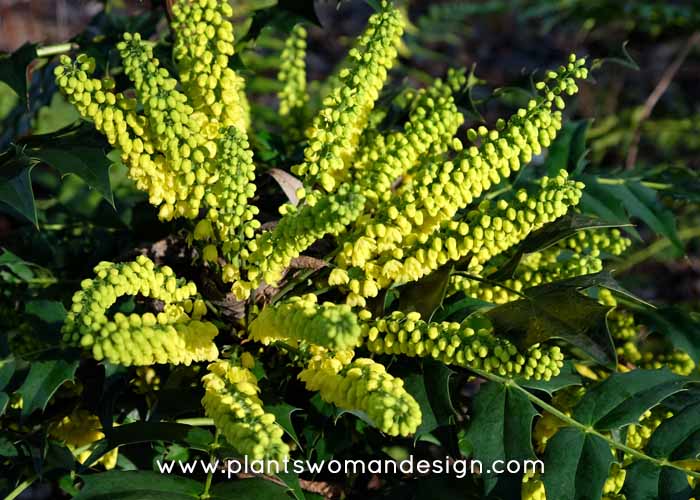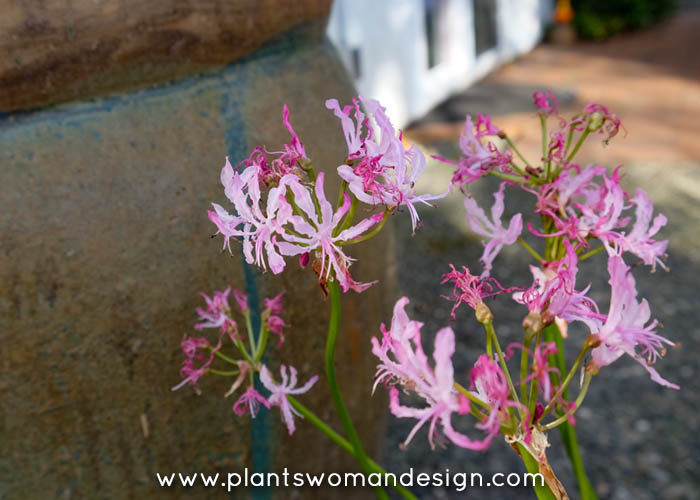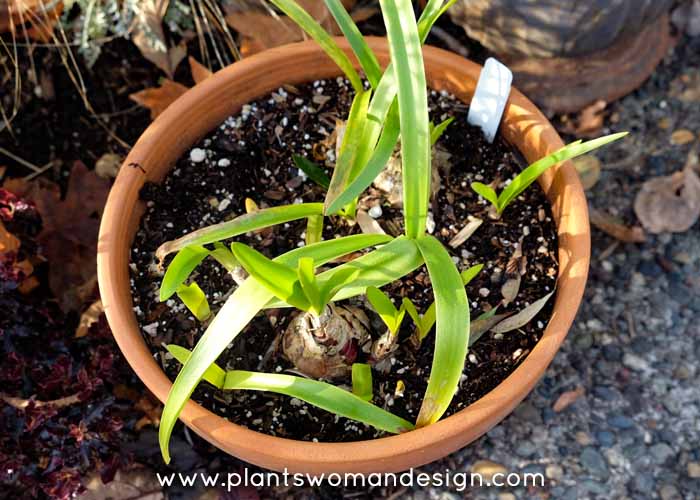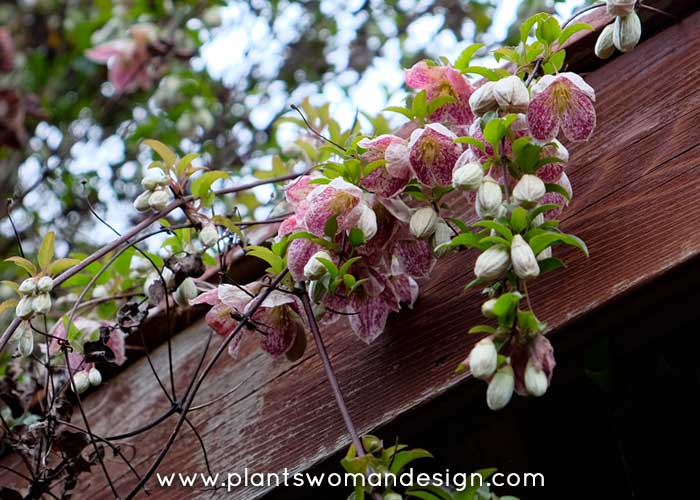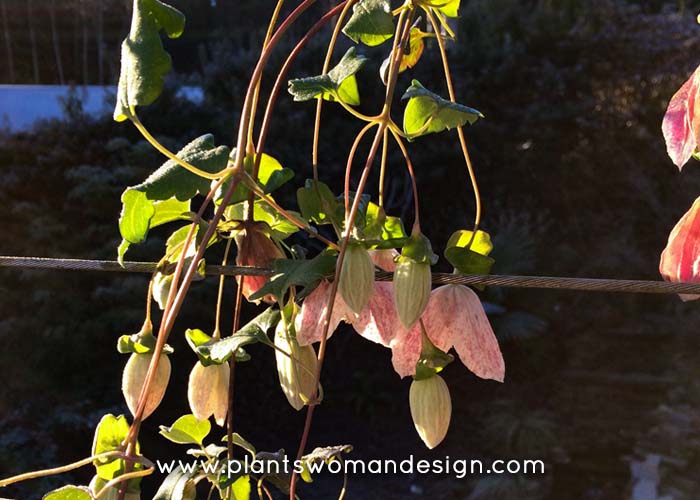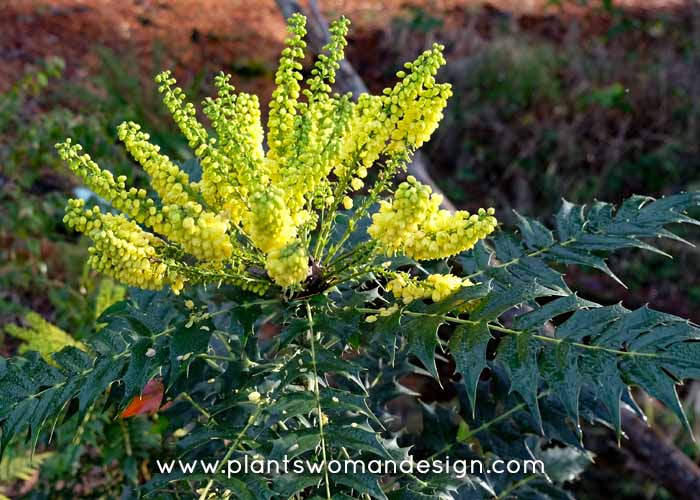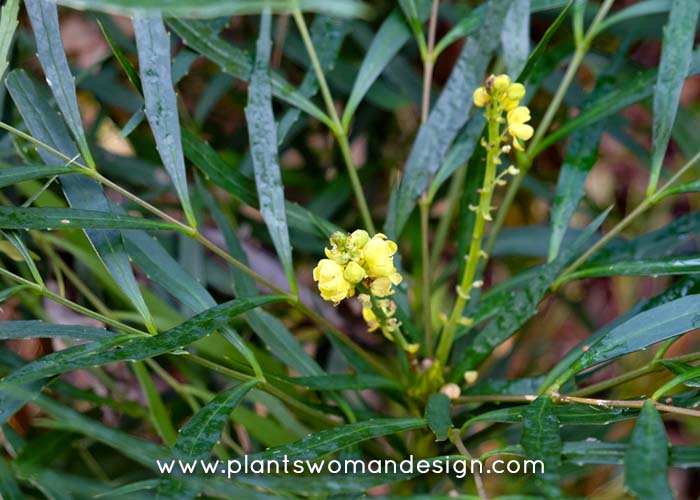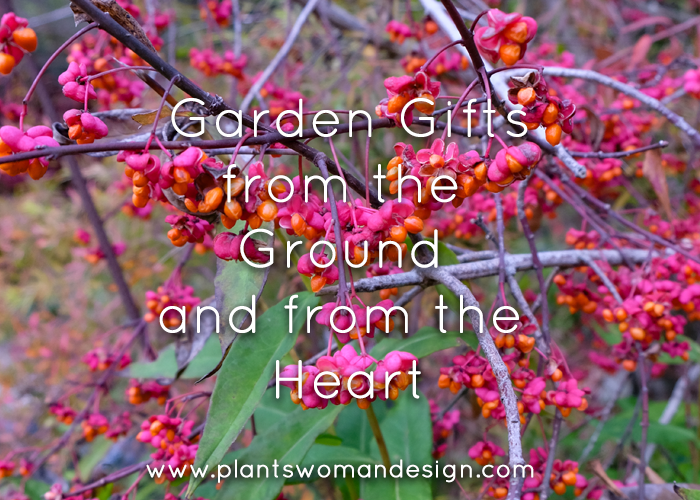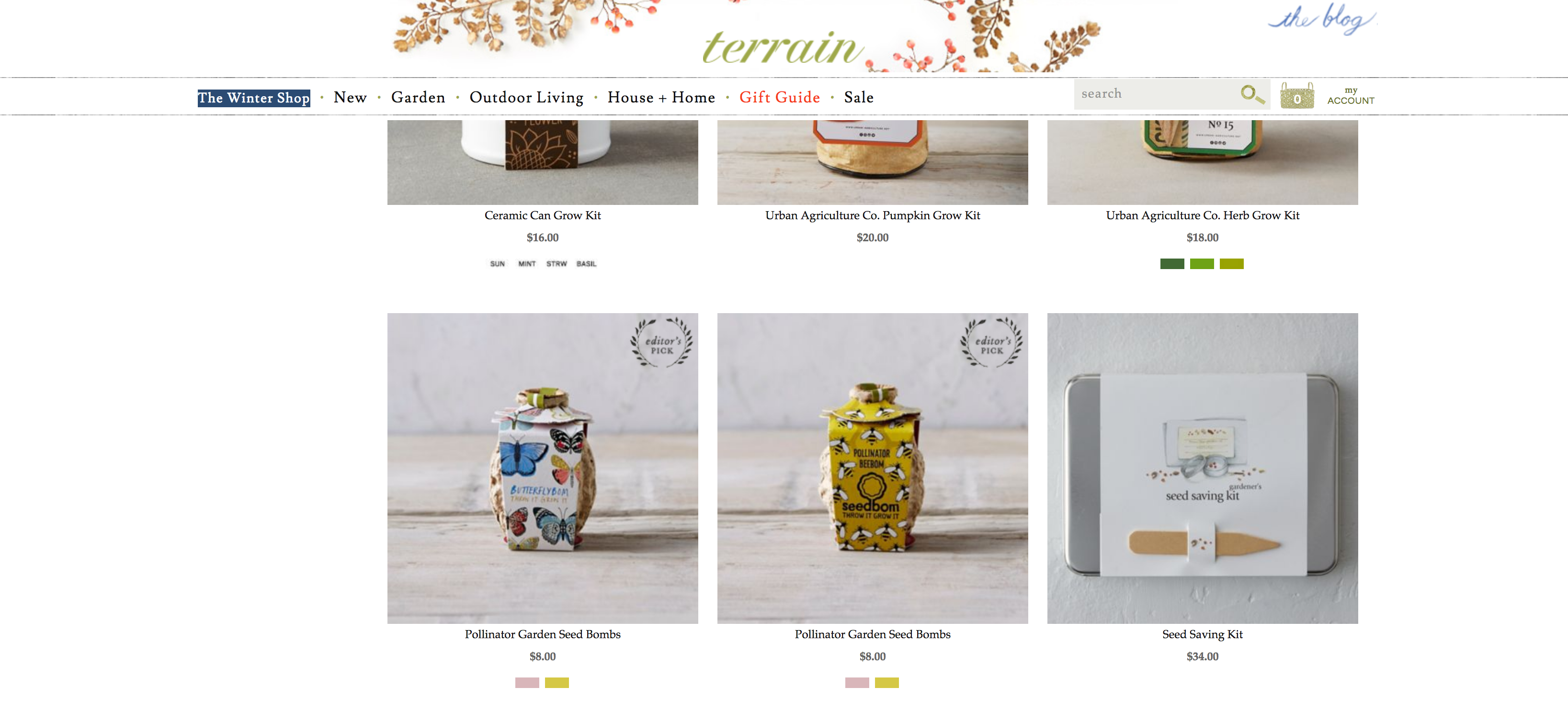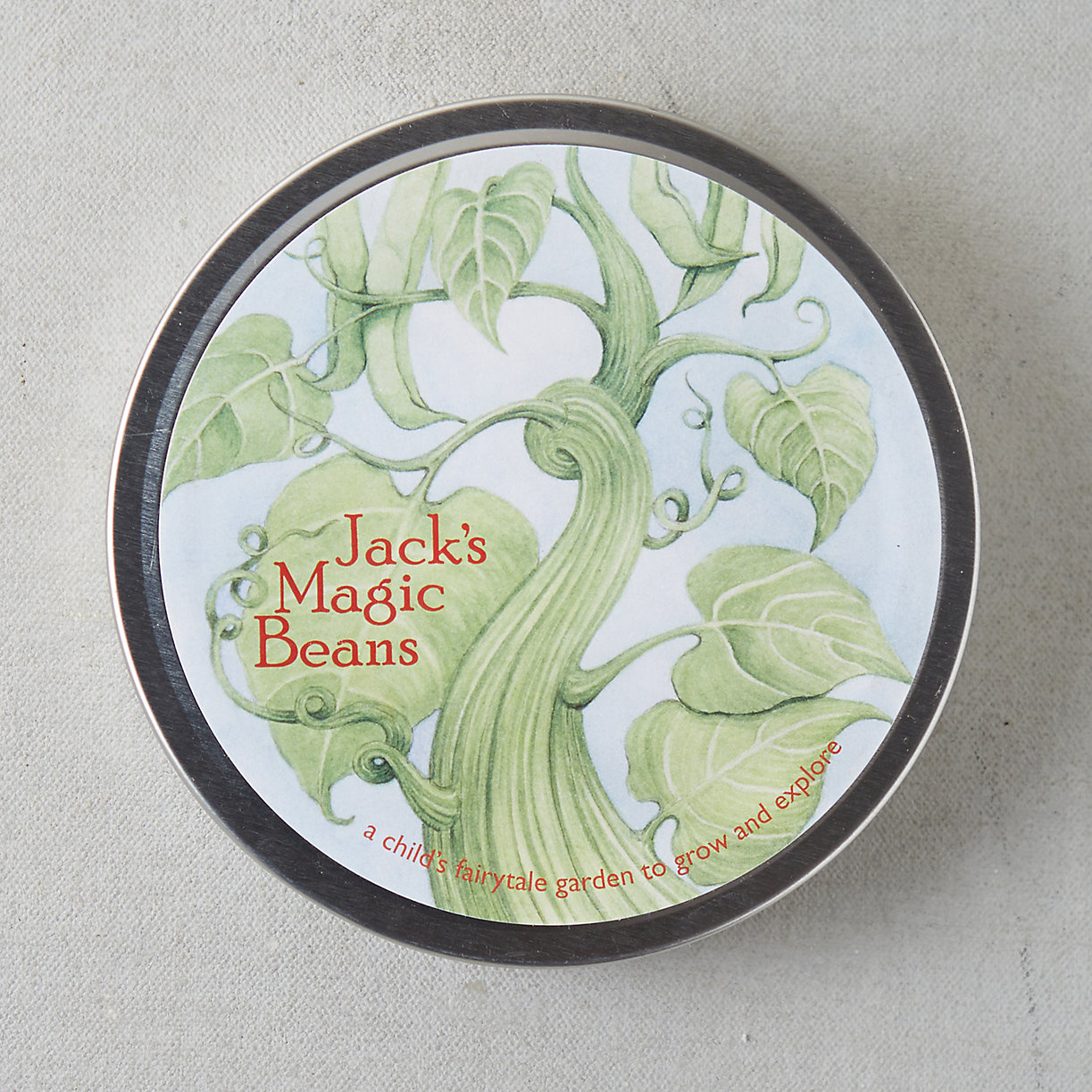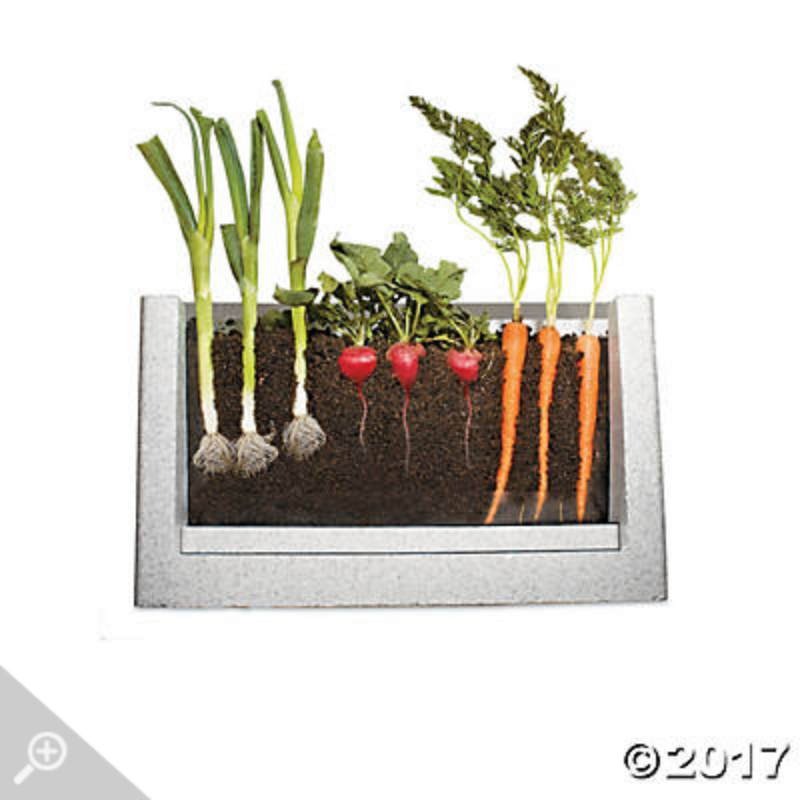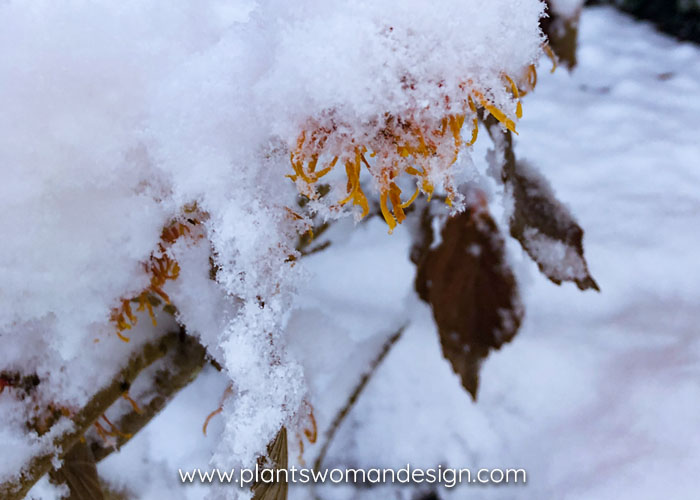
Hamamelis Shopping In The Snow
What to do when it is a snow day? There are many answers to that, but when you work from home, you usually just go to work. This snowy day I had an appointment with a new client. Since the roads were more than passable, I got there with a little extra time on my hands. Of course, being close to one of my favorite nurseries was opportune. The staff laughed at me when I walked in and started asking about the witch hazels. They were not surprised to see me shopping.
I posted a few pictures of the new Hamamelis I ordered online last week. While shopping today, I had a hard time deciding which one to buy. It might surprise most people to know how many different varieties are available. Usually, you will find “Jelena’, ‘Arnolds promise’ and ‘Diane’ for sale. These were there but also ‘Birgit’, ‘Strawberries and Cream’, ‘Angelly’, and ‘Sunburst’ were flowering amidst all the snow-packed displays. This time of year is a great time to be able to pick the colors and fragrances. Different growing habits are also available for smaller gardens or a perfect narrow space with a good background.
‘Birgit’ came home with me tucked into the back of the SUV that was necessary because of the snow. Hamamelis x intermedia ‘Birgit’ is its botanical name. It is blooming now with fragrant, showy purplish-red flowers, with upright-spreading branching. It is noted for being perhaps the darkest red of the cultivars available today. Each flower has four narrow, ribbon-like, curled and slightly crinkled petals. Axillary clusters of these flowers bloom along the stems from late January to March. Flowers are mildly fragrant. Fabulous textured dark green leaves (to 4″ long) turn yellow-orange-red in fall.
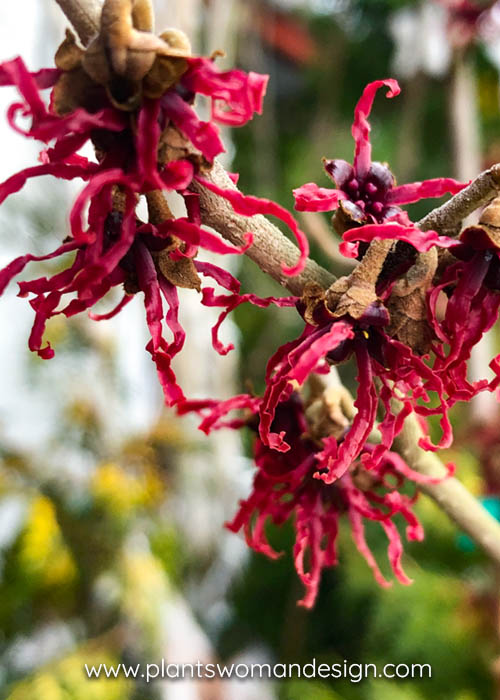
Hamamelis x intermedia ‘Birgit’
Zone: 5 to 8
Height: 8.00 to 12.00 feet
Spread: 12.00 to 15.00 feet
Bloom Time: January to March
Bloom Description: Purplish-red
Sun: Full sun to part shade
Water: Medium
Existing in the garden already are Hamamelis Jelena, Diane, and ‘Little Suzie’. ‘Little Suzie’ is a small hybrid of Hamamelis virginiana, a native of the east coast. Flowering at an early age with branches that are densely covered with fragrant soft yellow flowers. It was flowering in December here. Its leaves turn a butter-yellow in fall.
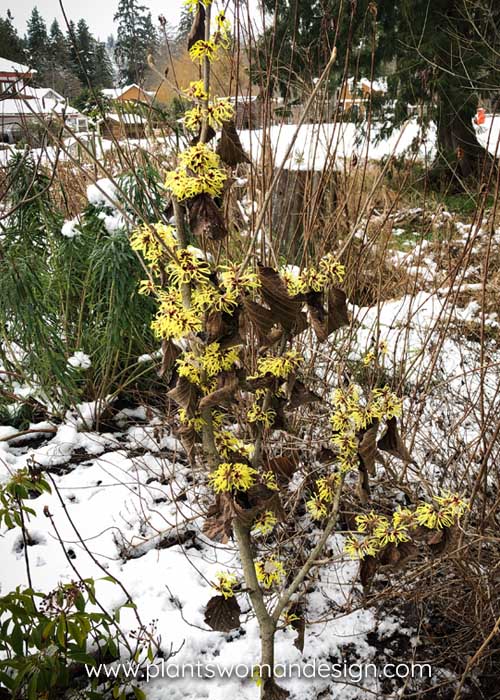
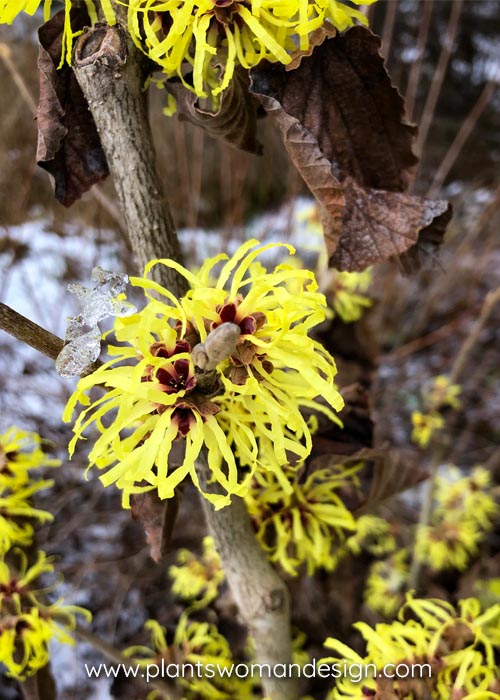
‘Little Suzie’
Zone: 3 to 8
Height: 4.00 to 5.00 feet
Spread: 4.00 to 5.00 feet
Bloom Time: October to December
Bloom Description: Yellow
Sun: Full sun to part shade
Water: Medium
Just planted from my mail-order delivery is Hamamelis mollis, Chinese witch hazel. It is one of the most fragrant of all witch hazels and one of the first collected in China in 1879. It is pretty small at this point (only 1 gallon) but is placed where it can really grow and be amazing.
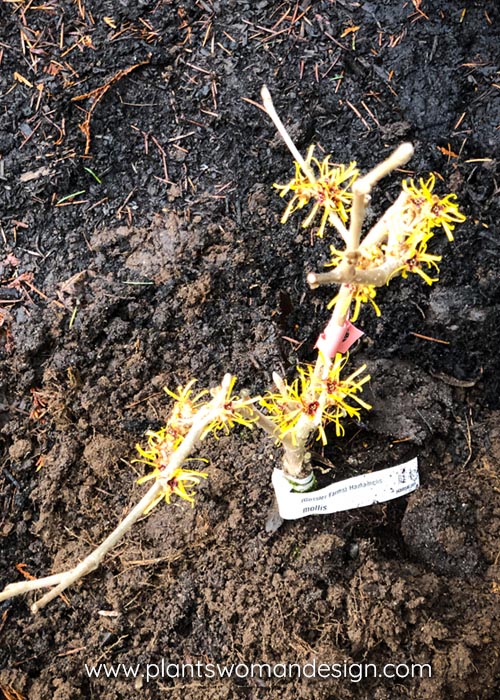
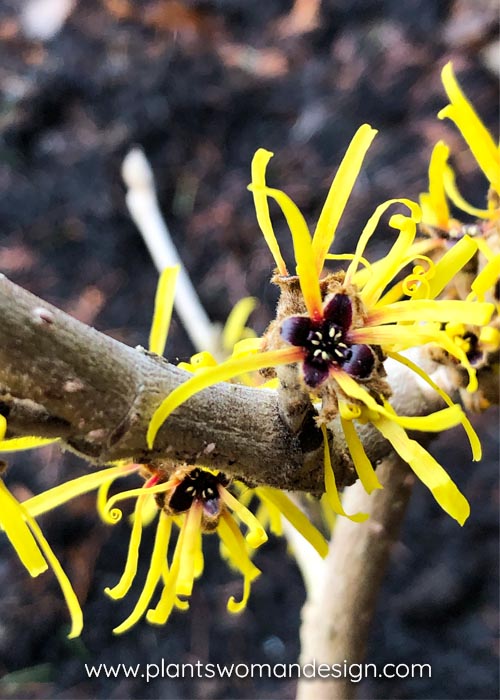
Hamamelis mollis
Zone: 5 to 8
Height: 10.00 to 15.00 feet
Spread: 10.00 to 15.00 feet
Bloom Time: January to March
Bloom Description: yellow with reddish-brown calyx cups
Sun: Full sun to part shade
Water: Medium
Hamamelis vernalis ‘Purpurea’ is bigger in a 2-gallon root ball; it is already showing good structure and flowering now. It is covered with burgundy flowers, and they are very cool. They have a two-toned effect with the ends of the ribbon-like petals lighter colored. I am looking forward to seeing that as they mature. The snow will have to go away first.

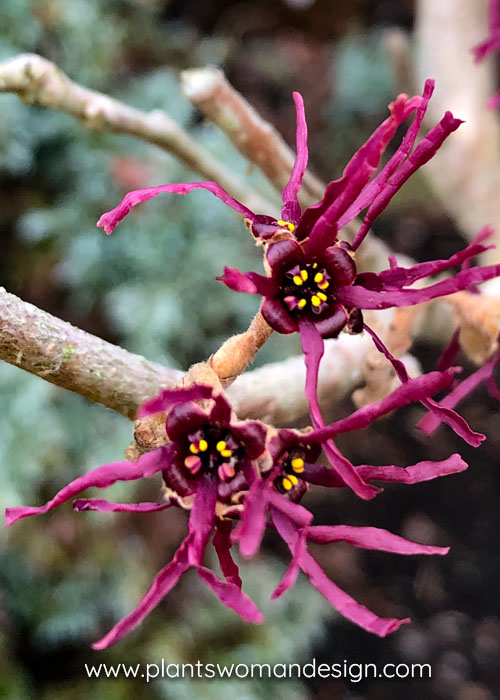
Hamamelis vernalis ‘Purpurea’
Zone: 4 to 8
Height: 6.00 to 10.00 feet
Spread: 8.00 to 12.00 feet
Bloom Time: January to March
Bloom Description: Burgundy
Sun: Full sun to part shade
Water: Medium
In the back of the white garden at the edge of the snowdrop meadow is Hamamelis ‘Amethyst’. Very small at planting, probably a hybrid of H. vernalis, it has only one tiny bloom. The reddish-purple flowers come out in mid-winter with cool gray/green foliage in spring before the signature red and orange fall color.
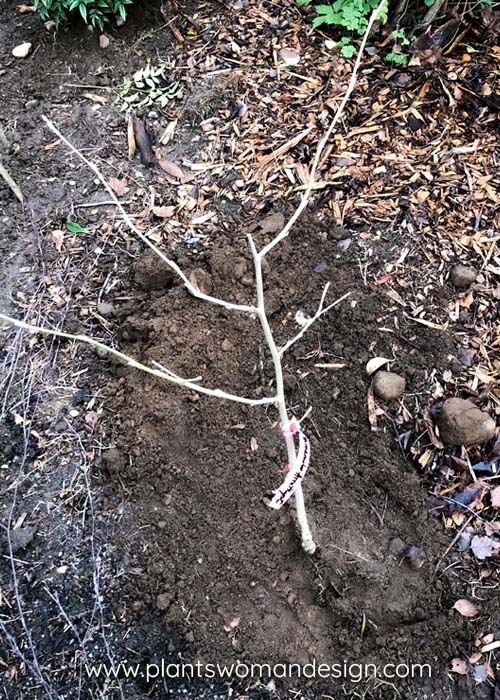
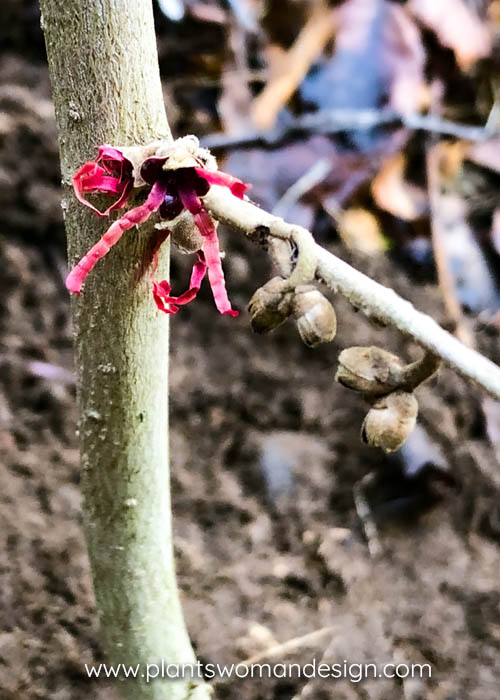
Hamamelis ‘Amethyst’
Zone: 5 to 8
Height: 10.00 to 15.00 feet
Spread: 10.00 to 15.00 feet
Bloom Time: January to March
Bloom Description: purple with reddish-brown calyx cups
Sun: Full sun to part shade
Water: Medium
Hamamelis cultivars typically bloom early in the winter before the leaves come out. There is one that blooms in fall that might be fun to track down. They are usually easy to grow with very few pests. Deer resistant in most areas, they have a second season of interest with fabulous fall color. It is essential to keep suckers cut off of all Hamamelis. Some can spread into forests invasively. Suckers below the graft on grafted ones can overwhelm the graft.
Now to get my journal out to record these new plants and make tags for them. Part of my goals for the new year, to make sure to keep better records. Hopefully, these new purchases will stave off the lust for new plants. Oh wait, the seed catalogs are stacked up on the table….
Footnote: Thanks to the Missouri Botanical Garden Website for information about these cultivars.
Check out plantlust.com online for fabulous plants that are usually not available in nurseries. Thanks to Bay Hay and Feed on Bainbridge Island for continually providing unusual varieties of many plants.

